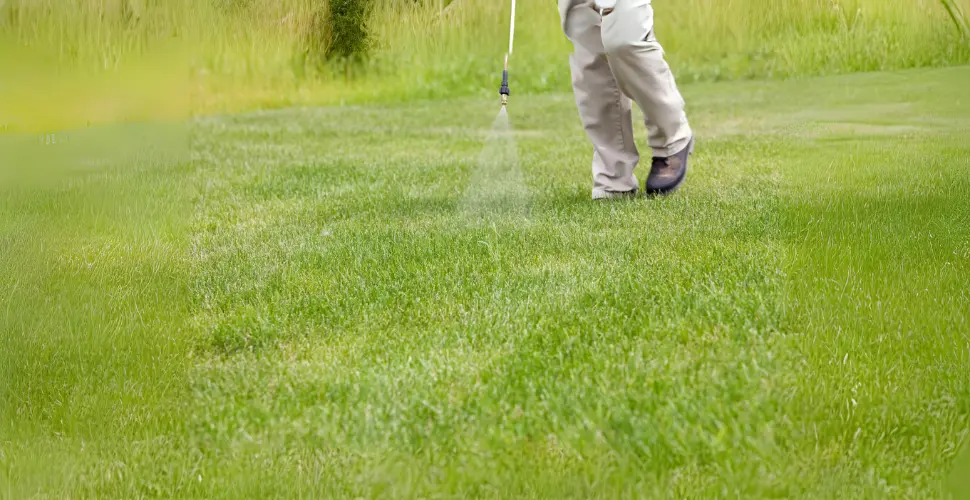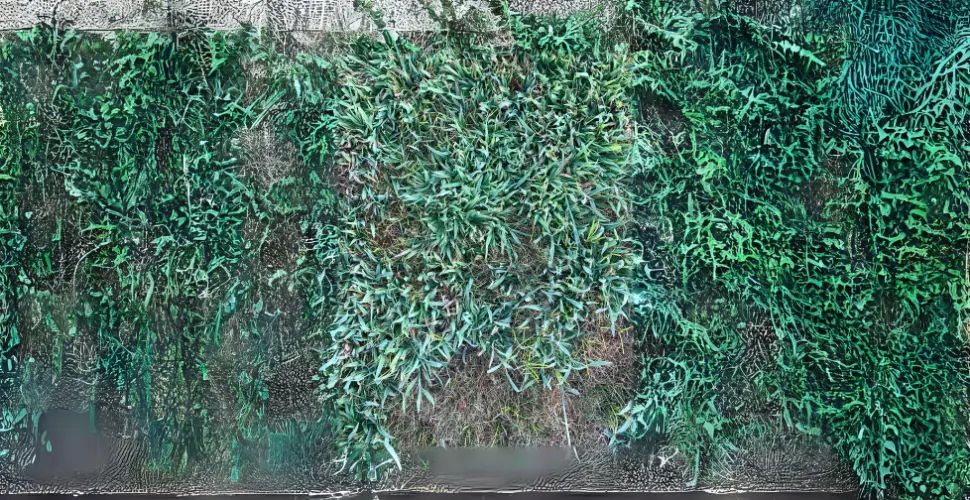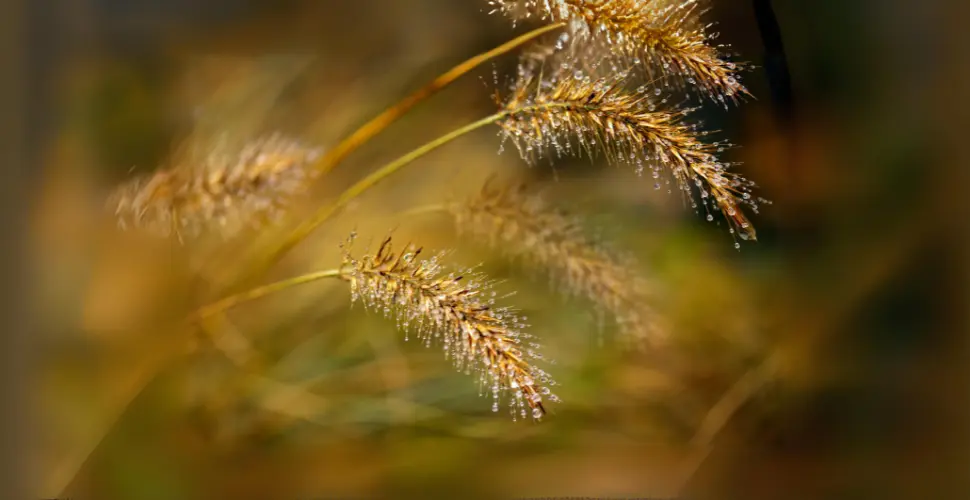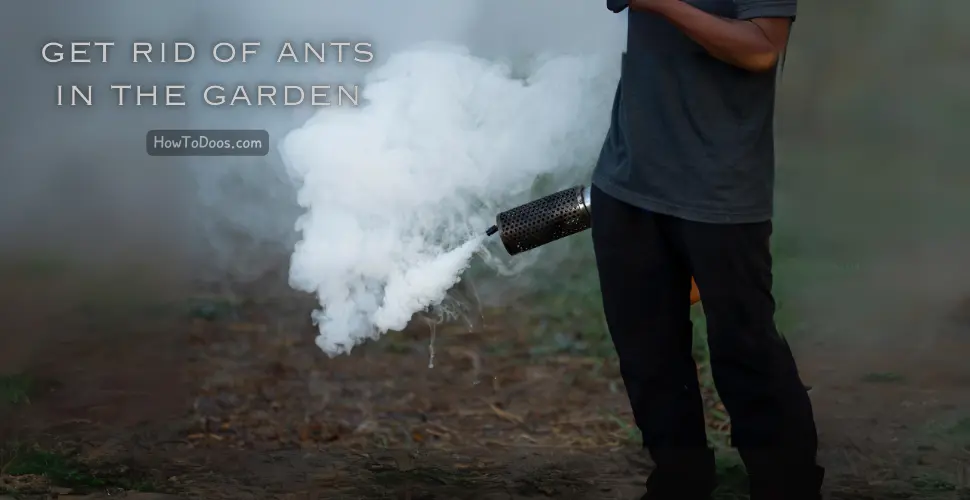How to Get Rid of Crabgrass: Effective Methods for a Healthy Lawn
-
 Jessica Williams
Jessica Williams - 18 Jul, 2024

Crabgrass is a common and frustrating weed that can quickly take over your lawn if left unchecked. This guide will provide you with effective methods to get rid of crabgrass and maintain a healthy, lush lawn.

Understanding Crabgrass
Crabgrass is an annual weed that thrives in warm weather. It spreads rapidly, crowding out desirable grass species and creating an unsightly lawn. Crabgrass typically germinates in late spring and early summer when soil temperatures reach around 55°F (13°C).
Methods to Get Rid of Crabgrass
1. Manual Removal
One of the simplest methods is manually pulling out crabgrass. This is effective for small infestations.
Steps:
- Water the Area: Water the lawn to soften the soil, making it easier to pull the crabgrass.
- Pull by Hand: Wear gardening gloves and pull the crabgrass from the roots. Ensure you remove the entire root system to prevent regrowth.
- Dispose Properly: Place the pulled crabgrass in a trash bag and dispose of it to avoid spreading seeds.
2. Use of Pre-Emergent Herbicides
Pre-emergent herbicides prevent crabgrass seeds from germinating. Apply these herbicides in early spring before crabgrass seeds germinate.
Steps:
- Choose the Right Product: Select a pre-emergent herbicide labeled for crabgrass control.
- Apply Evenly: Follow the manufacturer’s instructions and apply the herbicide evenly over your lawn.
- Water Lightly: Lightly water the lawn to activate the herbicide.
3. Post-Emergent Herbicides
If crabgrass has already started to grow, use post-emergent herbicides to kill the existing plants.
Steps:
- Select a Post-Emergent Herbicide: Choose a product designed to target crabgrass without harming your lawn.
- Apply According to Instructions: Follow the label instructions for application rates and methods.
- Monitor Results: Check the treated areas after a week and reapply if necessary.
4. Maintain a Healthy Lawn
A dense, healthy lawn can prevent crabgrass from establishing. Proper lawn care practices are essential for prevention.

Tips:
- Mow High: Set your mower to a height of 3 to 4 inches. Taller grass shades the soil, making it difficult for crabgrass to germinate.
- Water Deeply and Infrequently: Water your lawn deeply once a week to encourage deep root growth.
- Fertilize Appropriately: Use a balanced fertilizer to promote healthy grass growth.
Preventing Crabgrass
1. Overseed Your Lawn
Overseeding helps create a thick lawn that can crowd out crabgrass.
Steps:
- Choose the Right Seed: Select grass seed suitable for your lawn and climate.
- Prepare the Lawn: Mow the lawn and remove any debris.
- Spread the Seed: Evenly distribute the grass seed over your lawn.
- Water Regularly: Keep the soil moist until the new grass establishes.
2. Apply Mulch
In garden beds and around trees, use mulch to prevent crabgrass and other weeds from growing.
Steps:
- Clear the Area: Remove any existing weeds and debris.
- Apply Mulch: Spread a 2 to 3-inch layer of mulch over the soil.

Summary
Crabgrass can be a persistent problem, but with the right approach, you can effectively eliminate it and maintain a beautiful lawn. Manual removal, the use of pre-emergent and post-emergent herbicides, and maintaining a healthy lawn are key strategies. Prevent future infestations by overseeding and applying mulch where necessary. Follow these steps to enjoy a crabgrass-free lawn all season long.
